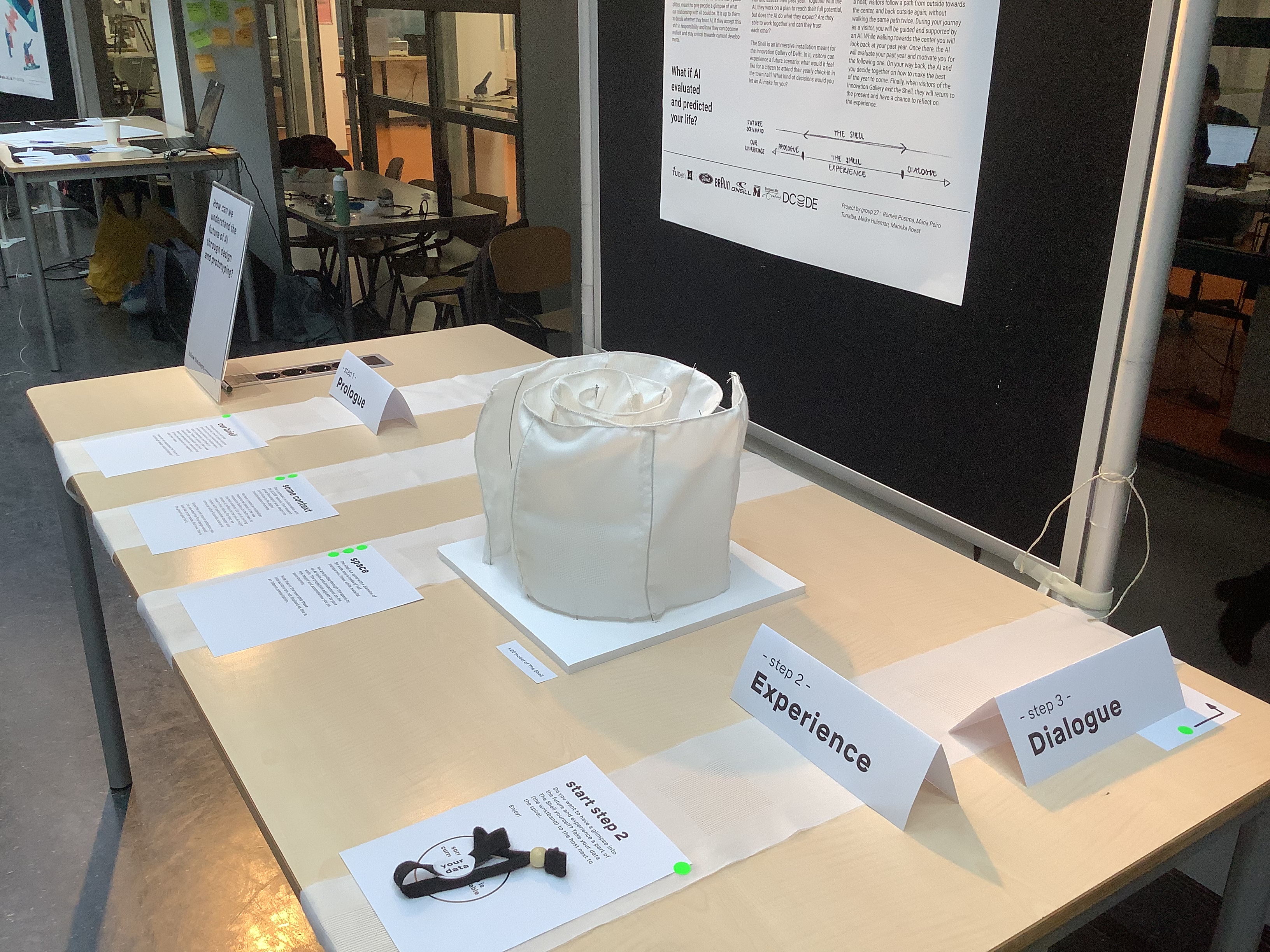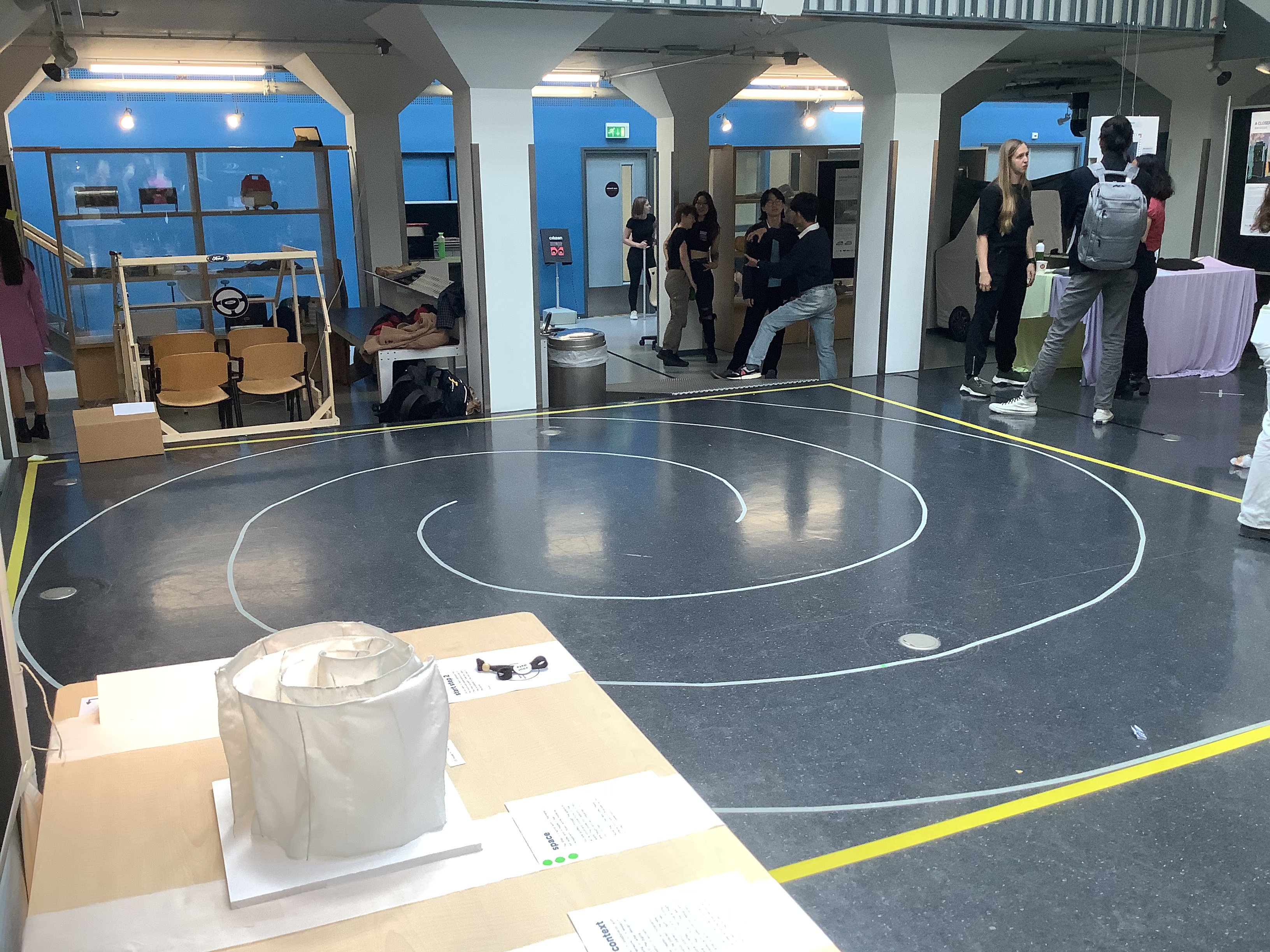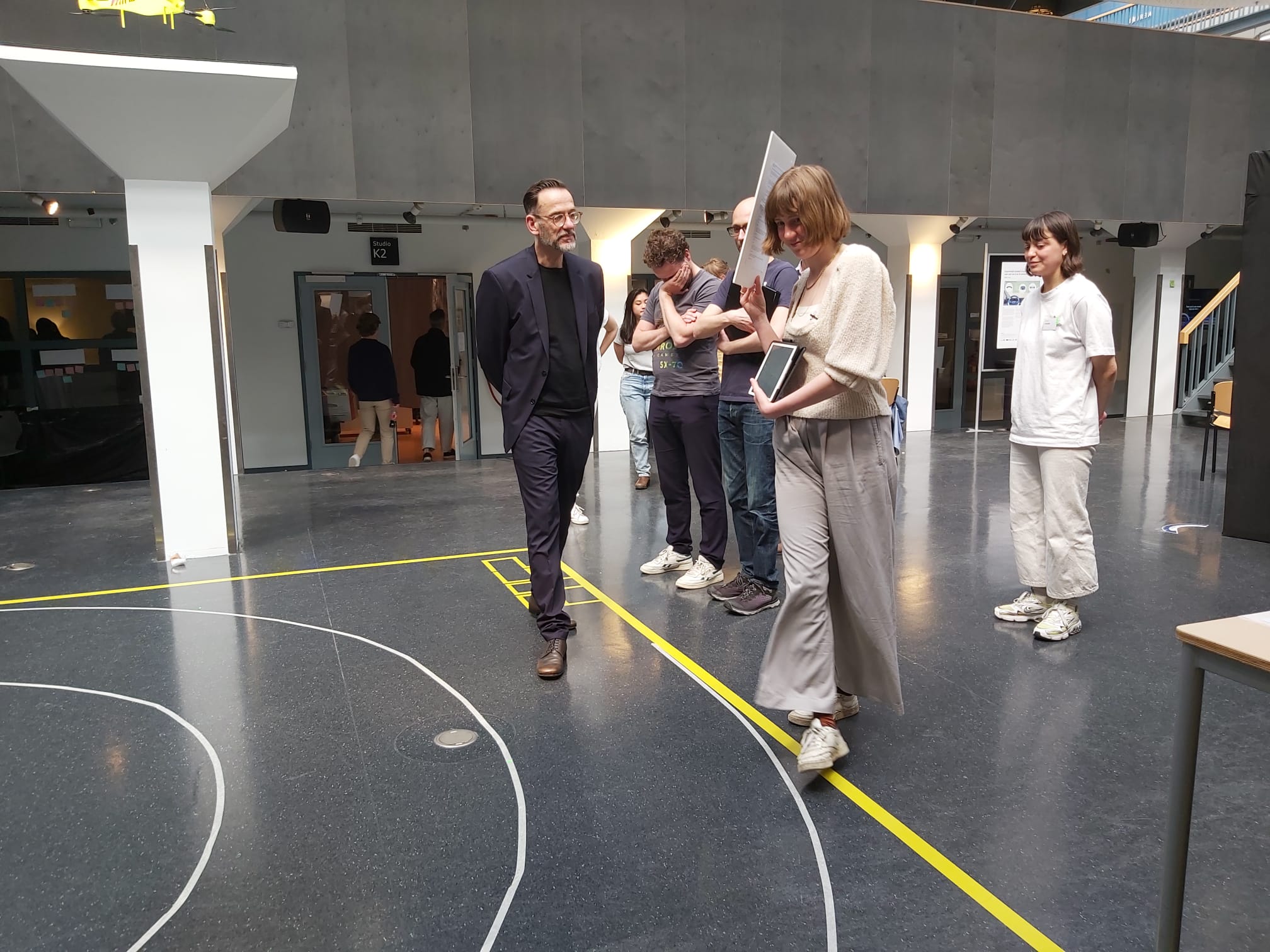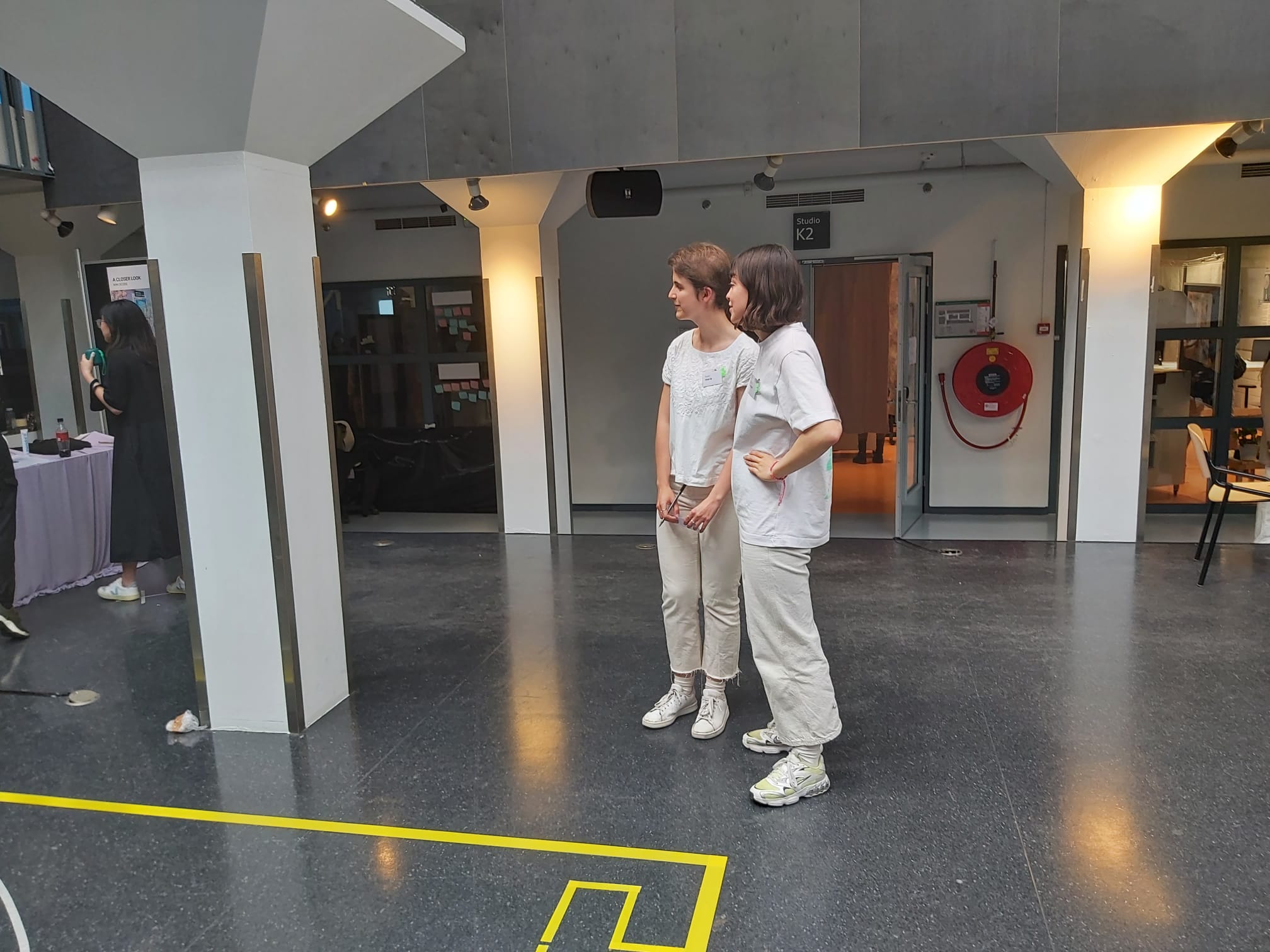%201.png)
Exhibition 2_Group 27
| Team number |  Group 27 Group 27 |
|---|---|
| Students | Meike Huisman María Peiró Torralba María Peiró Torralba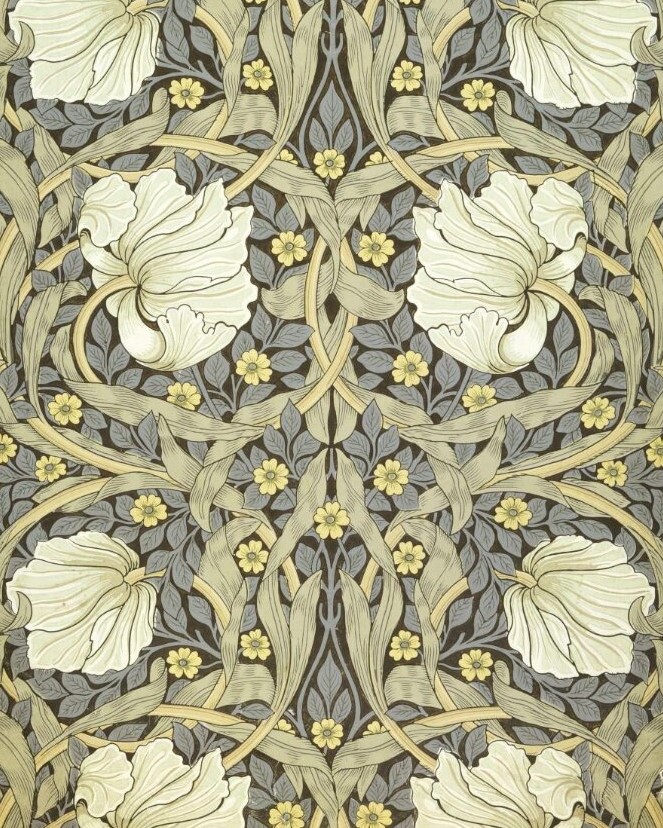 Marinka RoestRomée Postma Marinka RoestRomée Postma |
| Coach | Dieter Vandoren |
| Brief | DCODE |
| Keywords | Speculative design, human-AI collaboration, trust, human resilience |
| One liner | A speculative future of the relationship between humans and AI |
| Link to video | https://www.youtube.com/watch?v=jDtxZ3wc-i4&feature=youtu.be |
| Link to video 2 | |
| Exhibition presentation |
?The Shell? explained
.png)
Human resilience
AI futures
Experiential space
How will we connect with AI? How will AI connect with us? What will be the role of AI in our daily lives? With this concept, the future of AI is brought to life. The Shell embodies one of the many possibilities, meant to give people a glimpse of what our relationship with AI could be. It is up to them to decide whether they trust AI, if they accept this shift in responsibility and how they can become resilient and stay critical towards current developments.
What if in the future an AI evaluated and predicted your life, would you accept it?
The year is 2052. The Government recently introduced the Shell ? a compulsory yearly check-in in which citizens have to go to the town hall and assess their past year. Together with the AI, they work on a plan to reach their full potential, but does the AI do what they expect? Are they able to work together and can they trust each other?
The Shell is an immersive installation meant for the Innovation Gallery of Delft. In it, visitors can experience a future scenario: what would it feel like for a citizen to attend their yearly check-in in the town hall? What kind of decisions would you let an AI make for you?
The Shell is a large-scale, spiral-shaped installation, made out of white, semi-transparent material. After being introduced to the project by a host, visitors follow a path from outside towards the center, and back outside again, without walking the same path twice. During your journey as a visitor, you will be guided and supported by an AI. While walking towards the center you will look back at your past year. Once there, the AI will evaluate your past year and motivate you for the following one. On your way back, the AI and you decide together on how to make the best of the year to come. Finally, when visitors of the Innovation Gallery exit the Shell they will have a chance to reflect on the experience.
A glimpse into our second exhibition day!
P H Y S I C A L S E T - U P & S T R U C T U R E
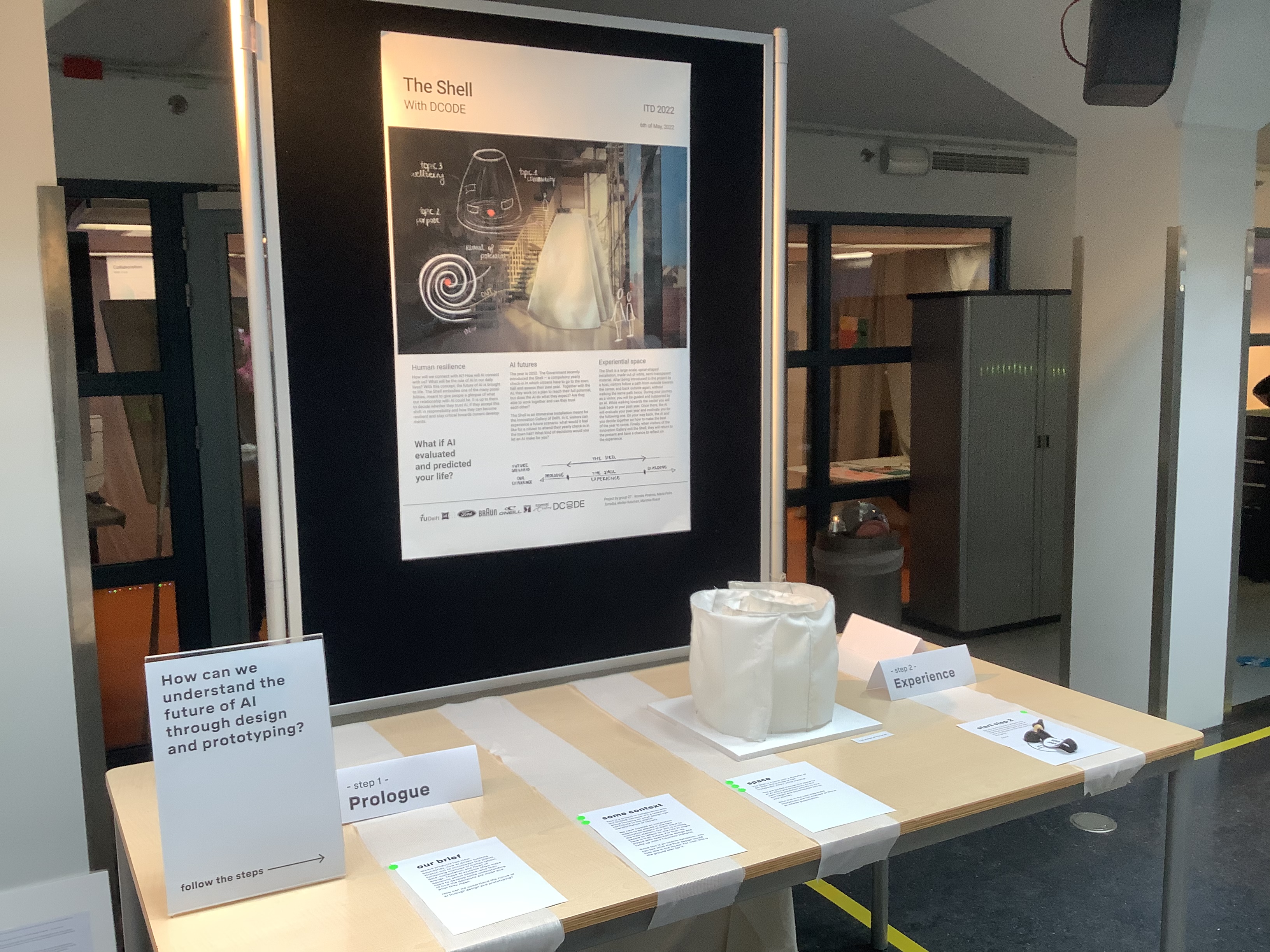
Our exhibition consisted out of three phases: (1) the prologue with some explanatory text about our brief, the context and the space & a maquette of the shell, (2) the experience in the shell and (3) the dialogue to discuss the experience of the visitors.
I M M E R S I N G T H E V I S I T O R S
Next to the full-scale 2D spiral on the ground, we created a 1:20 model of the Shell to let visitors imagine how walking through the Shell would look and feel like.
M A K I N G T H E V I S I T O R S D I Z Z Y
Besides being curious about what the visitors thought of our concept of the yearly check-in, we wanted to know how visitors would experience moving through the spiral-shaped shell with the guidance of an AI-voice and some animations along the way.
P R O T O T Y P I N G P R E S E N T & F U T U R E
To make clear to the visitors that the Shell is part of a possible future with AI but the prototype is intended for a physical space (the innovation gallery) in the present, we created a big yellow square that suggested a space in the future [phase 2: the experience]. We introduced a host to communicate this and guide the visitors in the rest of the exhibition [phase 1: the prologue & phase 3: the dialogue].
What we learned and what to do
- The experience in the Shell was too friendly for visitors to realise that the annual check-in based on AI might have a major impact on their personal lives in the future
- To do > make the experience more compulsory by introducing a contract for example
- The ?aha-moment? [point above] was now happening in the dialogue and not as a stand-alone in the physical experience of the Shell - which can be problematic since only the Shell should eventually be in the innovation gallery
- To do > integrate the ?aha-moment? into the physical experience of the Shell

